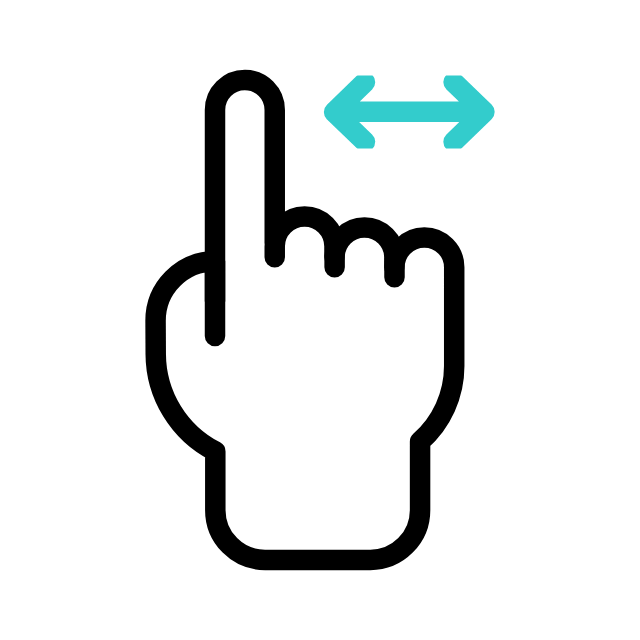
C60 is a highly advantageous metallic drier, providing a cost-effective alternative to lead and zirconium driers in paint formulations. It offers numerous benefits, including efficient drying properties, lower usage requirements compared to zirconium octoate, reduced toxicity levels, and enhanced paint film brightness. Not only does C60 promote rapid drying and curing, but it also contributes to cost savings due to its lower usage levels. Additionally, the use of C60 results in vibrant and visually appealing paint films, akin to the effects achieved with zirconium octoate. Overall, C60 stands as a reliable and advantageous substitute for traditional driers, ensuring optimal performance and quality in paint applications.

Exposure to lead poses a significantly greater risk to children than adults, with irreversible health effects that can have lifelong consequences. The vulnerability to lead is especially high in young children, and pregnant women can transfer accumulated lead from their bodies to their developing child.
The World Health Organization (WHO) recognizes reduced intelligence resulting from childhood lead exposure as "lead-caused mental retardation" and includes it as one of the top ten diseases linked to modifiable environmental factors affecting children's health. Lead-based paint is a major source of childhood lead exposure.
Children are typically not exposed to lead from paint while it is still in the can or during the initial application on unpainted surfaces. Instead, exposure commonly occurs when lead paint has dried on walls or painted objects. As painted surfaces age, weather, and chip, lead from the paint enters indoor and outdoor dust and soil in and around the painted area. Sanding or scraping previously painted surfaces for repainting generates large amounts of lead-contaminated dust and soil. Children, especially those under six years old, can ingest these contaminants through normal hand-to-mouth behavior, as they get dust and soil on their hands while playing indoors or outdoors. Paint chips can be particularly dangerous due to their higher lead content compared to dust and soil, and children may even put them in their mouths. Additionally, if toys or other objects are painted with lead paint, children may chew on them and directly ingest the lead-contaminated dried paint. However, lead-containing dust is the most common route of lead ingestion in children.
Children and workers face increased risks when repainting or disturbing surfaces previously painted with lead. Activities such as sanding, dry scraping, grinding, or any other surface disturbance can generate large quantities of dust with high lead content.
Children's natural curiosity and hand-to-mouth behavior make them more susceptible to ingesting lead-contaminated house dust and soil. On average, children between the ages of one to six ingest approximately 100 milligrams of house dust and soil daily. Wherever lead-contaminated dust and soil are present, children unknowingly ingest lead alongside the dust and soil. Children with nutritional deficiencies are at an even higher risk as they absorb ingested lead at an increased rate.
Children are more biologically vulnerable to lead than adults due to several factors:
Recent medical research has revealed significant health impacts on children even at lower lead exposure levels. In response, authorities such as the U.S. Centers for Disease Control and Prevention (CDC) have concluded that no acceptable lead exposure level exists for children.
Here, you may find some useful information about this type of paint drier, with specified metal percentage.

| Product / Grade | C60 |
| Diluent | White Spirits |
| Appearance | Clear Liquid |
| Color | Light Yellow |
| Metal Content | (Equal to Pb 32% and Zr 24%) |
| Standard Barrel Weight (Net. Kg) | 190 |